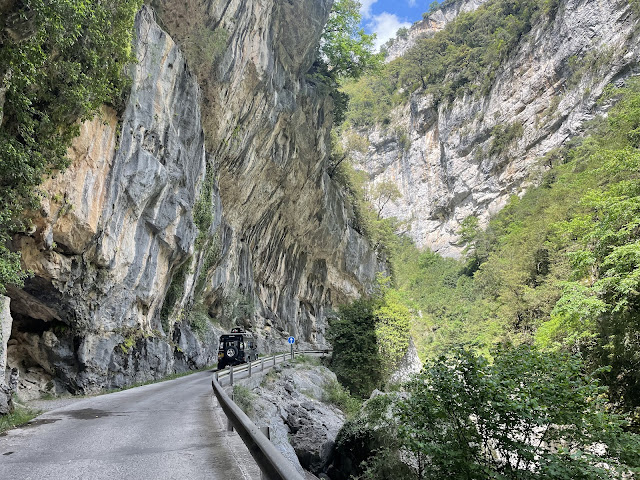At one point we realised that we must be close to the walk of the previous day and tried to identify the crags opposite. It wasn’t possible of course but a map check suggested we weren’t far away.
I have been trying to think what makes the Pyrenees stand out, as they feel so much different than anywhere I’ve been in the Alps.
The answer I think, is that the peaks are squashed together so that there are fewer open valley floors, the sides are steeper and not cultivated, the rivers and streams run through deep, inaccessible courses and it all feels so young, in a geological sense.
I think I have read somewhere that the Iberian peninsula was a separate landmass, pushing against the European plate, with the Pyrenees the result. Maybe they are still rising and the gaps reducing and the slopes getting steeper? Time will tell.
Here’s a couple of videos that might help the story…






Comments